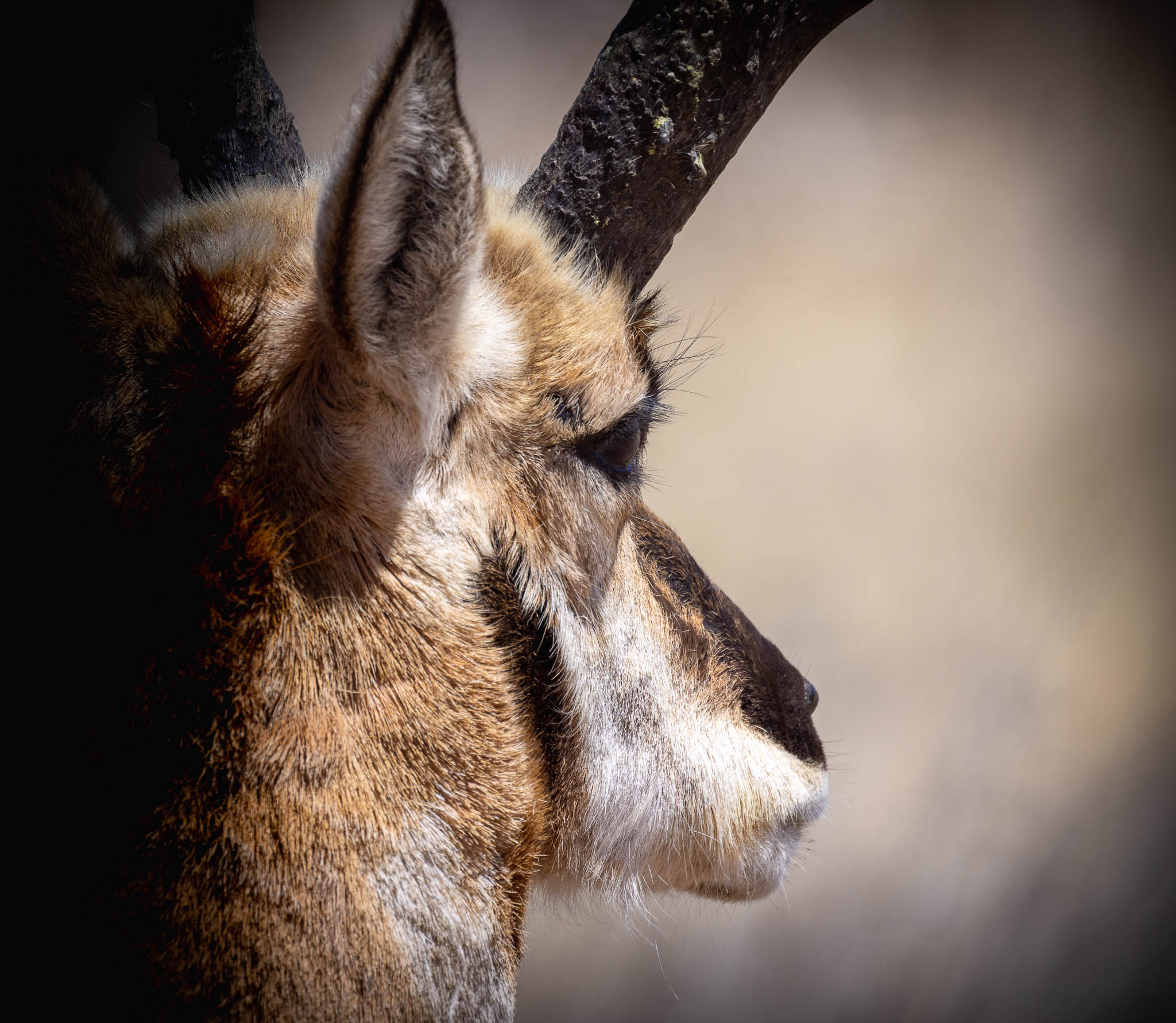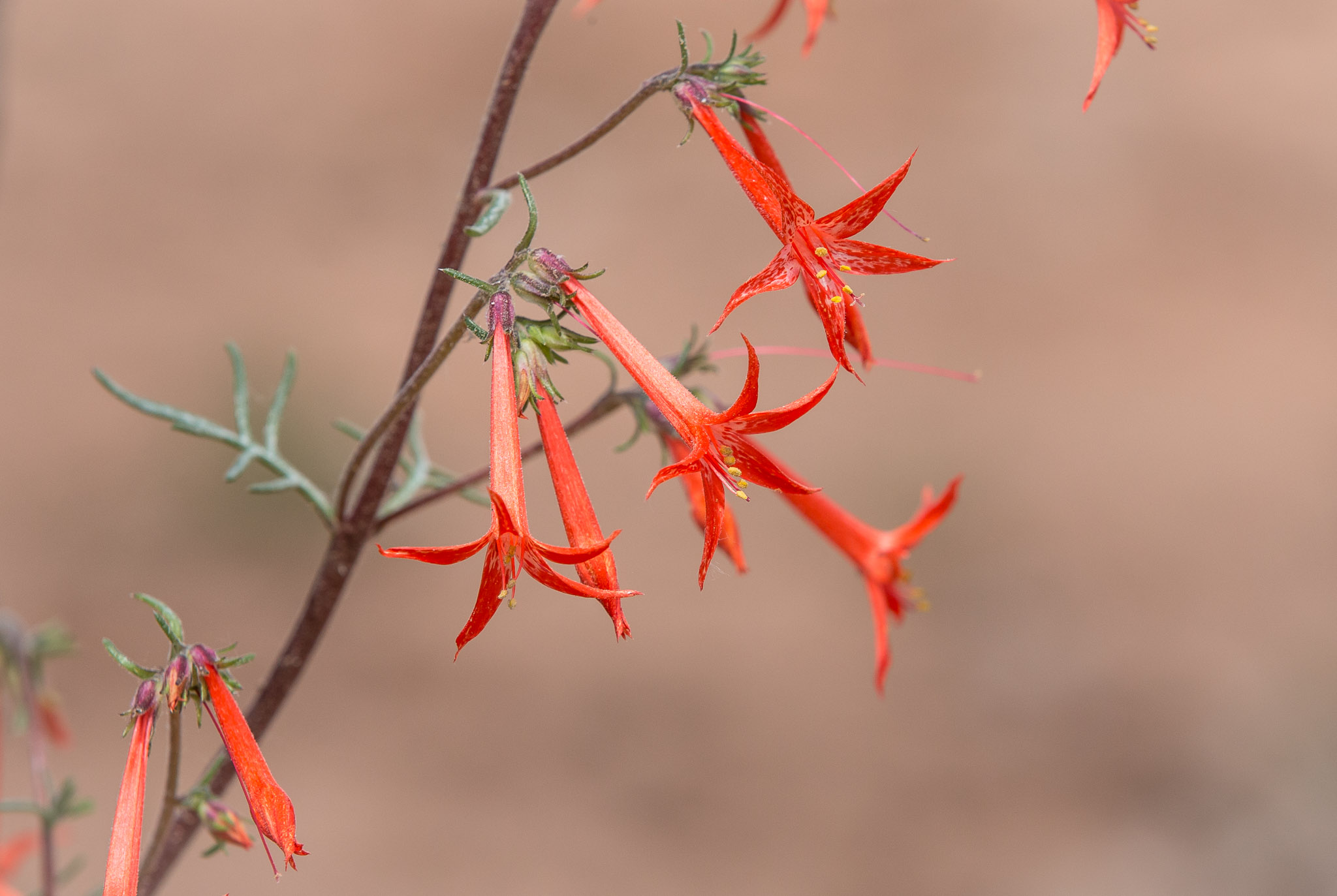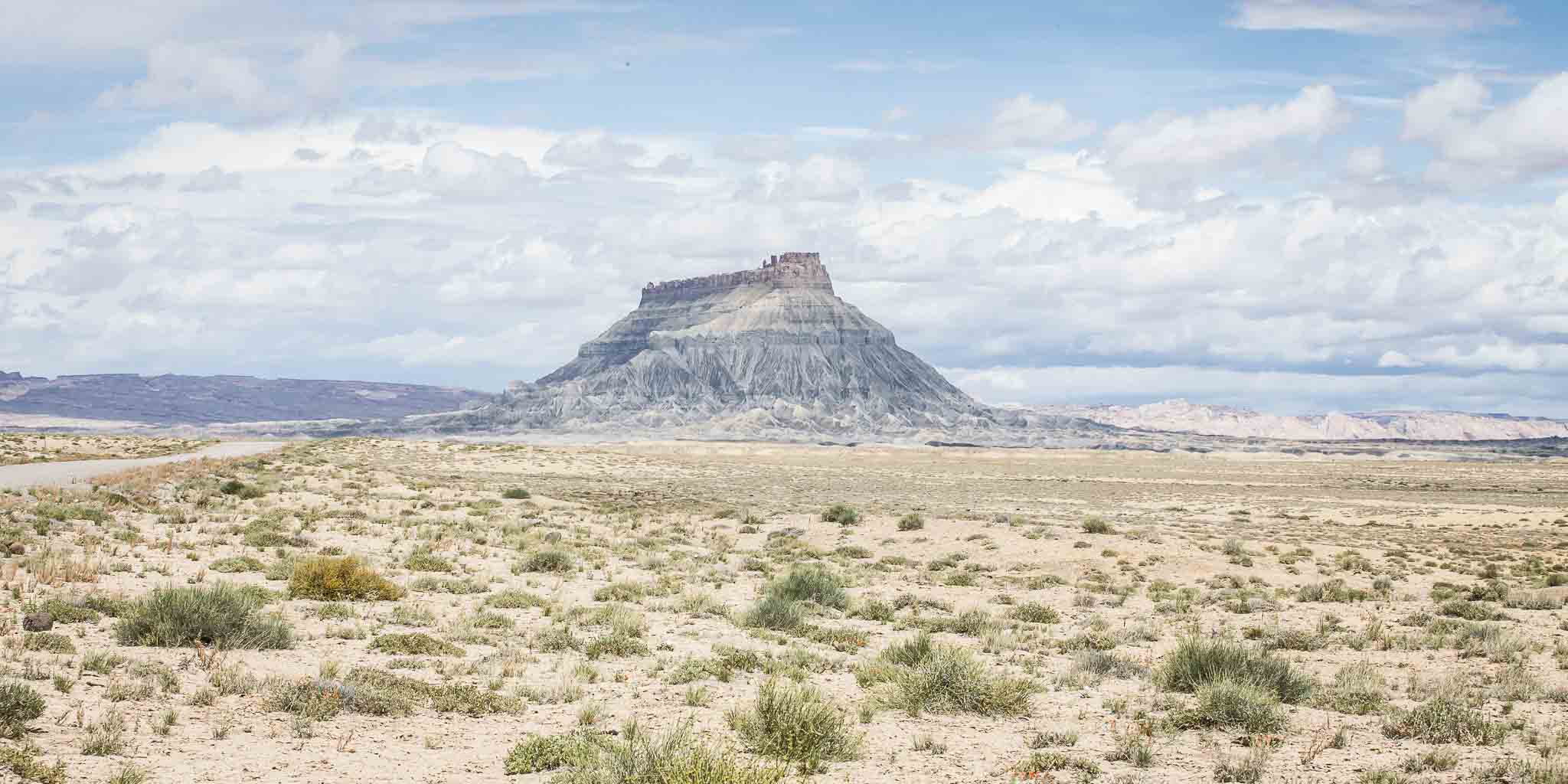Utah

Pronghorn Antelope, a Portrait

Pronghorn Antelope, Lost in Thought

Scarlet Trumpet

Lone Pine
Addenda to Photos
Pronghorn Antelope, a Portrait
Pronghorn Antelope, Lost in Thought
Ouray National Wildlife Refuge, Ouray UT
April 29, 2022
Portraits of an old timer waiting paitently for me to finish photographing him at the entrance to the refuge. Thanks guy!
Pronghorn
The pronghorn (Antilocapra americana) is a species of artiodactyl (even-toed, hoofed) mammal indigenous to interior western and central North America. Though not an antelope, it is known colloquially in North America as the American antelope, prong buck, speed goat, pronghorn antelope, prairie antelope, or simply antelope because it closely resembles the antelopes of the Old World and fills a similar ecological niche due to parallel evolution. It is the only surviving member of the family Antilocapridae.
During the Pleistocene epoch, about 11 other antilocaprid species existed in North America. Three other genera (Capromeryx, Stockoceros and Tetrameryx) existed when humans entered North America but are now extinct.
As a member of the superfamily Giraffoidea, the pronghorn's closest living relatives are the giraffe and okapi. The Giraffoidea are in turn members of the infraorder Pecora, making pronghorns more distant relatives of the Cervidae (deer) and Bovidae (cattle, goats, sheep, antelopes, and gazelles), among others.
The pronghorn is the fastest land mammal in the Western Hemisphere, with running speeds of up to 55 miles per hour (89 km/h). It is the symbol of the American Society of Mammalogists.
Wikipedia: PronghornOuray National Wildlife Refuge
Ouray National Wildlife Refuge (also called Ouray National Waterfowl Refuge) is a wildlife refuge in central Uintah County, Utah in the northeastern part of the state. It is part of the National Wildlife Refuge system, located two miles northeast of the village of Ouray, 10 miles (16 km) southeast of the town of Randlett, and 30 miles (50 km) southwest of Vernal.
Established in 1960, it straddles the Green River for 12 miles (19 km), and covers 11,987 acres (48.51 km2). A portion of the refuge (3,800 acres [1,500 ha]) is leased from the Uintah and Ouray Indian Reservation. The refuge was created for the use of both local and migratory birds, and with funds provided by the sale of Federal Duck Stamps.
The site of the refuge also holds the Ouray National Fish Hatchery, which was established in 1996 to help hatch razorback suckers, humpback chubs, Colorado pikeminnows and Bonytail chubs.
Wikipedia: Ouray National Wildlife Refuge
Scarlet Trumpet
USFS South Cottonwood Access, Blanding UT
May 4, 2015
This wildflower has several common names and to me Scarlet Trumpet is the one that best describes this beauty. I love the delicate simplicity and the bright scarlet coloration of this wildflower. I found this one growing at the base of a small cottonwood tree on the bank of Cottonwood Wash on USFS lands southwest of Blanding UT where I've set up camp for the next day or two.
Scarlet Trumpet, Scarlet Gilia, Skyrocket, Ipomopsis aggregata
Ipomopsis aggregata is a species of flowering plant in the phlox family (Polemoniaceae), commonly known as Scarlet Trumpet, Scarlet Gilia, or Skyrocket because of its scarlet red flowers with lobes curving back as if blown back by rocketing through the air.
Ipomopsis aggregata is characterized by the USDA as a native species for the continental United States and Canada. It is native to western North America, growing mainly in the central to western regions and ranging from as far north as British Columbia to Mexico.
Ipomopsis aggregata has characteristic red, trumpet-shaped flowers and basal leaves stemming from a single erect stem. Depending on elevation, height can range from 12 inches, in Rocky Mountain alpine areas, to over 5 feet, in areas of southern Texas. Trumpet flowers can range from white, red, orange-red, and pink. Pink flowers are especially common in high mesa areas of Colorado, such as the Flat Tops, Grand Mesa, or the Uncompahgre Plateau. Yellow flowers have been reported for plant but are extremely rare. Fernlike leaves are low to the ground, helping encourage warmth in colder areas, and have silver specks and a fine white pubescence. A well known delicacy in nature, Ipomopsis aggregata is well adapted to herbivory, as it can regrow multiple flowering stalks once lost. Although herbivory initially reduces seed and fruit count of the plant, intermediate herbivory and its stimulating factors could lead to the plant growing larger over time. Elk and mule deer are common herbivores on Ipomopsis aggregata.
Ipomopsis aggregata is pollinated most commonly by long-tongued moths and hummingbirds, although others can be seen. Basal leaves overwinter, even in subalpine areas of the Rocky Mountains. The plant blooms in late spring to early summer, and into fall if climate conditions are favorable. Optimal growing conditions include little water, part shade, and sandy soil. Although defined as hermaphroditic, Ipomopsis aggregata has shown sex allocation in flowering months, with phenotypic gender reaching a proportion of 0.77 female components to male.
Wikipedia
Lone Pine
Zion National Park, Springdale UT
April 11, 2011
Back in April 2011 I spent a few days at Zion National Park in Springdale UT. Climbing up out of the park, eastbound along route 9, I came upon these red and gray cliffs towering above me on the left and a pullout on the right. I pulled over, shot a few pictures, and went on my way. This one, yes, this is the one.
